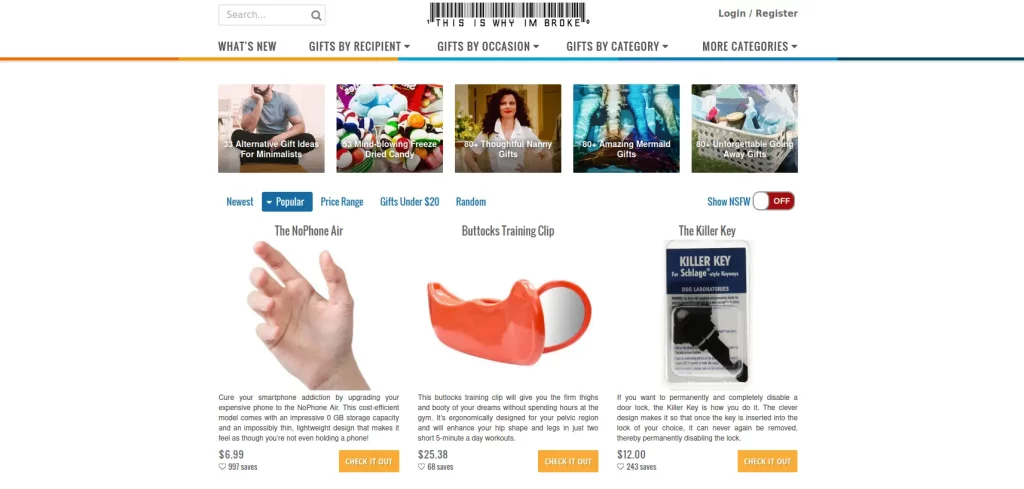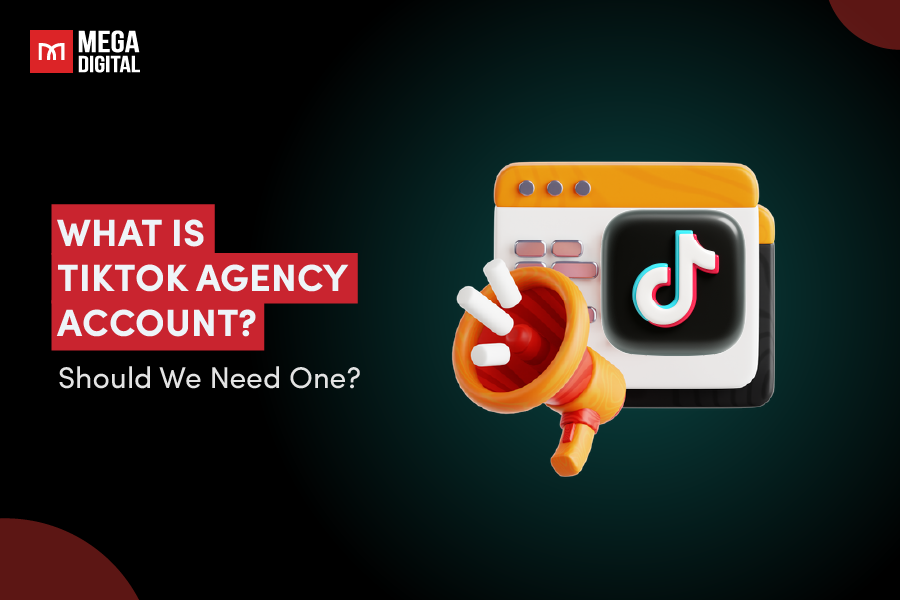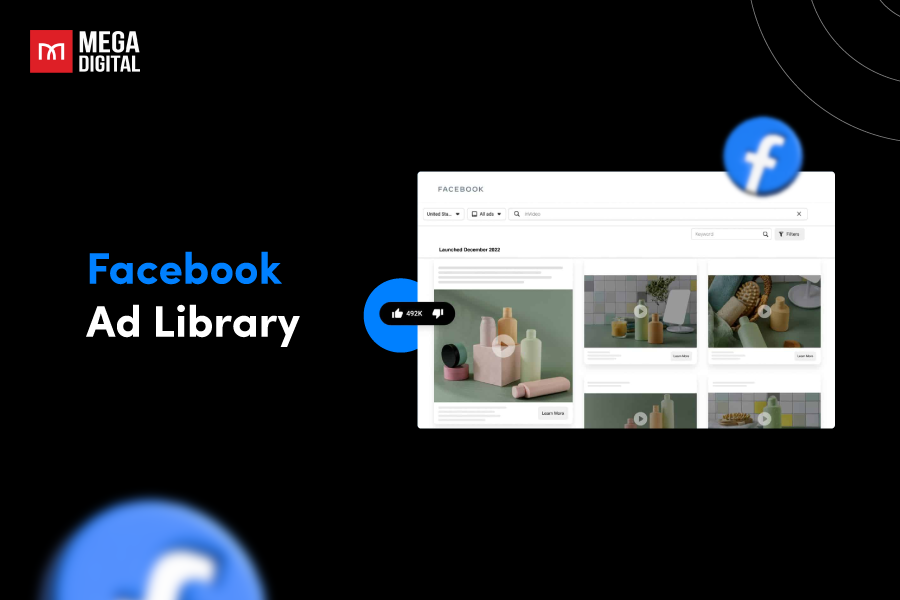Google Ads offers an attractive avenue for revenue generation, enabling the promotion of third-party products for commission earnings. However, directing traffic to affiliate links poses a challenge. This article guides you on setting up a compliant campaign for driving paid traffic to your affiliate links. We’ll also discuss the pros and cons of using Google Ads for affiliate marketing.
- Is It Possible to Use Google Ads for Affiliate Marketing?
- Google Ads Affiliate Marketing Pros & Cons
- Which Ad Type is Suitable for Affiliate Marketing?
- How to Do Affiliate Marketing with Google Ads?
- How much should I pay for advertising expenses?
- Examples of Google Ads Affiliate Marketing Websites
- Affiliate Marketing with Google Ads: FAQs
Is It Possible to Use Google Ads for Affiliate Marketing?
Upon seeing the title, you might have immediately thought, “NOPE, it’s against their rules, and I can’t do it.” But you’d be mistaken. In reality, you can indeed engage in affiliate marketing with Google Ads, and it’s worth considering, especially if you’ve been involved in affiliate marketing for a while.
While Google Ads can be a tool for affiliate marketers, there’s a twist. You can’t send users straight to the affiliate product from your ads.
Here’s why: Google Ads requires a “landing page” as a pit stop before clicking through to the affiliate website. This landing page should be informative, like a blog post or video review, ensuring visitors understand what they’re getting. Think of it as setting expectations before the final purchase step.
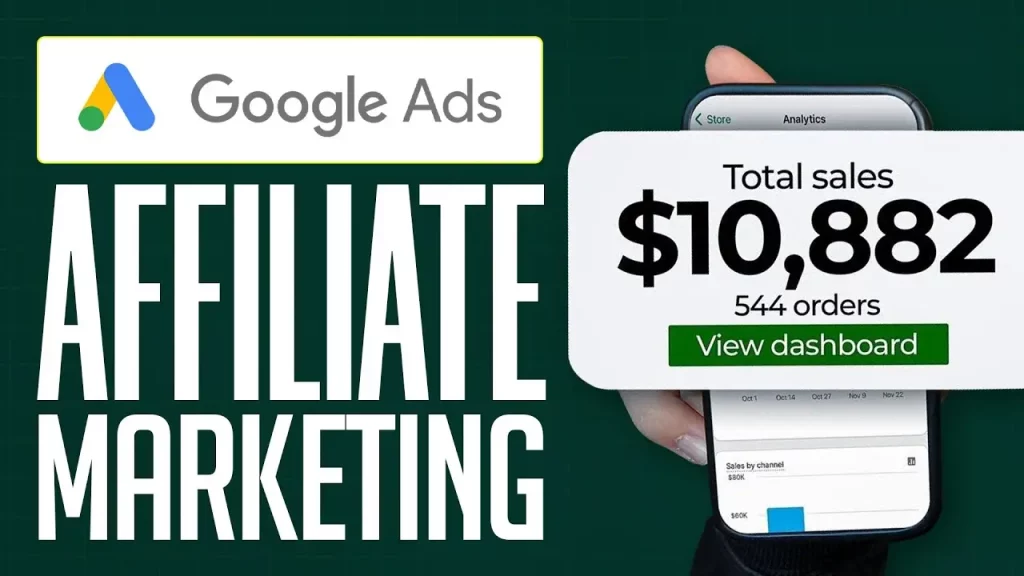
Another no-go is “bridge pages”, basically empty redirects with no real content. Google frowns upon those.
To use Google Ads for affiliate marketing, you’ll need a valuable landing page. We’ll delve deeper into that next, but before we do, make sure you understand Google Ads’ terms and conditions thoroughly. Once you’re confident about the rules, we can jump into setting up your account.
Google Ads Affiliate Marketing Pros & Cons
While Google Ads offers a tempting shortcut to drive traffic to your affiliate links, converting that traffic into actual sales can be a different story. Let’s dissect the advantages and disadvantages of using Google Ads for affiliate marketing.
The Pros
Top-notch traffic quality
Google Ads attracts users with high purchase intent. Unlike social media, where people might be browsing casually, Google users are actively searching for products and services, making them more likely to convert into paying customers.
Vast volume and reach potential
Google’s massive user base allows you to target a vast audience, reaching potential customers from all over the world. This scalability is unmatched by most other advertising platforms.
No minimum deposit requirement
Unlike some ad networks with minimum deposit requirements, Google Ads allows you to start with a lower barrier to entry. This makes it accessible to many affiliate marketers.
Immediate results
Your ads can be live within minutes of approval (although delays can occur during peak times). This allows you to see results quickly and adjust your strategy as needed.
Surprisingly User-Friendly
Despite its size and power, Google Ads offers a relatively straightforward interface. Creating and launching an ad campaign can be done in minutes, potentially faster than other platforms like Facebook or Instagram.
Effortless Scaling
Scaling up campaigns with other ad networks can be cumbersome. Google Ads, with its massive reach and diverse properties, provides a smooth scaling experience. You can extend your reach to YouTube, Gmail, Android Apps, and the expansive Display Network (millions of websites using AdSense). The possibilities for audience growth are vast.

The Cons
Indeed, there are some drawbacks that are equally matched with the benefits. It’s your decision to evaluate them all and determine if it’s reasonable to proceed.
High Costs
While Google Ads can be a great ROAS generator, it’s important to factor in potential expenses. Google uses a cost-per-click (CPC) model, meaning you pay each time someone clicks on your ad. This cost can soar if your landing page isn’t optimized for conversions.
In other words, even the most compelling Google ad can be rendered ineffective by a weak landing page. This raises the possibility of significant spending without generating the desired results.
Therefore, consider seeking professional help for both Google Ads management and landing page optimization to maximize your return on investment.
Beware of Click Fraud
Remember what I mentioned earlier – don’t randomly click on Google Ads. This not only drives up costs for legitimate advertisers, but it can also happen to you. Malicious actors, sometimes even competitors, might click your ads intentionally to deplete your advertising budget and force you to stop advertising. While solutions exist to combat click fraud, we’ll explore those in another post.
>>> Read more: Google Ads Click Fraud Prevention – Detect & Eliminate Fake Click
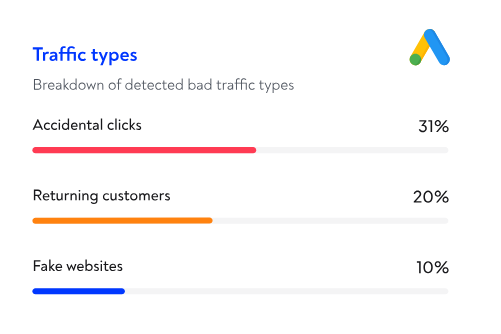
Which Ad Type is Suitable for Affiliate Marketing?
The best Google Ads ad type for affiliate marketing depends on your goals and the product or service you’re promoting.
Google offers 2 types of advertisements – Display Network ads and Text Ads, each with distinct features and advantages. Before selecting one, carefully evaluate which aligns better with your business model.
Display Network Banners are prominently visible and displayed on popular websites across the internet. Unlike Text Ads, they offer customization options for message size, color, placement, and language. Additionally, you can target specific terms or phrases and choose the day and time for your banner’s appearance.

Text Ads, on the other hand, are less conspicuous as they appear within the search box itself. Although less noticeable, they provide precise control over the display frequency and placement. As a result, many advertisers opt to exclusively use Text Ads.
How to Do Affiliate Marketing with Google Ads?
While promoting affiliate products with Google Ads can be tricky, it’s definitely doable, contrary to some beliefs. However, it’s important to remember that the following guidelines aren’t foolproof. The success of your campaigns and adherence to Google’s policies ultimately depends on your implementation choices, niche selection, ad content, and other factors.
Think of this as a starting point to steer you in the right direction. Further research on Google’s specific affiliate marketing rules is crucial to ensure your account remains safe.
So, how to create Google Ads for affiliate marketing?
#1 Follow the Google Ads Policies
When it comes to rules, take the time to thoroughly review them all – and by “all,” I mean every single one. Make sure to familiarize yourself with all the policies for Google Ads, as well as their webmaster guidelines and landing page experience criteria.
Sometimes, even the smallest details matter, so it’s wise to thoroughly examine these details beforehand to prevent your account from being suspended.
For instance, Google mandates disclosing partnerships since you’re not the creator of the products or services. Additionally, Google explicitly advises webmasters to adhere to the regulations of their affiliate programs when running ads on the platform.
While non-compliance with this policy won’t result in immediate account suspension, you’ll receive a warning.
#2 Avoid Direct Linking
While I have previously discussed methods for conducting affiliate marketing without a website, it’s not a strategy I recommend overall. Specifically, I strongly advise against attempting to promote affiliate products on Google Ads without a website.
#3 Make a Website or Landing Page
It’s essential to have a website, as mentioned earlier, rather than using direct links. However, not just any website will suffice – it must be of high quality.
When I mention quality, I’m not solely referring to design. While design, user interface elements, and accessibility are important factors, the primary focus should be on the content featured on your website.
The foundation lies in your content, ensuring that it aligns with Google’s webmaster guidelines, policies, and advertising regulations. It’s crucial to have substantial content dedicated to the product you’re promoting, whether it’s on your landing page or throughout your entire website.
Some affiliate marketers create websites that essentially serve as bridge pages, as Google terms them. They attempt to advertise these pages, only to find their accounts banned.
Recall earlier when I mentioned the misconception that Google “hates” affiliates? In truth, Google doesn’t harbor animosity toward affiliates; rather, they disapprove of affiliates who use bridge pages or offer websites and products lacking value or quality to users.
Google prioritizes user experience above all else, whether it’s through paid traffic or organic search. Therefore, non-unique articles that fail to provide value to users will never outrank high-quality, original content authored by reputable websites with authority.
The same principle applies to Google Ads – you should avoid having filler or bridge pages that consist of minimal content and a large button that redirects users to the affiliate product upon clicking.
>>> Read more: How to Create a Landing Page for Google Ads with Easy Steps
#4 Select Appropriate Affiliate Products
As mentioned earlier, it’s crucial to choose affiliate products and services that meet high-quality standards. Therefore, avoid promoting low-quality CPA offers such as email submits, paid surveys, dating platforms, miracle pills, or similar products.
Additionally, refrain from promoting Your Money or Your Life (YMYL) offers, as well as any other products that may be considered dubious or affiliate marketing scams.
Some examples of these include:
- Get-rich-quick or make-money-online schemes
- Quick weight loss methods
- Skincare products promising immediate results
- Any illegal activities (clearly)
- …and numerous other bad content. (Ensure to thoroughly examine Google Ads regulations and website guidelines.)
Consider genuine products and services that offer practical benefits to people’s daily lives, and consider exploring options beyond traditional affiliate networks by approaching brands directly.
For instance, platforms like Amazon Associates, Commission Junction, and ShareASale provide a broader range of products known for their superior quality and customer service compared to those offered by other affiliate networks commonly used by marketers.
#5 Avoid Bidding on Brand Keywords
A crucial rule commonly enforced in affiliate programs is the prohibition of bidding on brand names and associated keywords.
For example, if you intend to advertise Trip.com using Google Ads, avoid incorporating the term “Trip.com” in any part of your ad, including the title, description, or URL.
Non-compliance with this rule could not only lead to suspension from Google Ads but also result in repercussions from the advertiser, such as revoked commissions. The potential consequences far outweigh any benefits, making it essential to adhere to this guideline.

#6 Steer Clear of Misleading Claims
Remember the “get rich quick” schemes we discussed earlier? This applies directly to your Google Ads affiliate marketing strategy. Here’s why:
Avoid Exaggerations and False Promises: Ditch superlatives and misleading claims in your ads and landing pages. No “become a millionaire overnight” promises or unrealistic weight-loss guarantees. It’s unethical and violates Google Ads policies, potentially leading to account suspension.
Honesty is the Best Policy: Transparency is key. Don’t make claims that the product can’t deliver. Fabricating features just for clicks or sales backfires in the long run.
Happy Customers Lead to Success: Disgruntled customers seeking refunds harm both your reputation and your wallet. Affiliate networks might recoup the refund from your earnings and potentially remove you from their program.
Choose Affiliates Wisely: Reputable affiliate networks often provide metrics like refund rates and performance data. Avoid promoting products with high refund rates; it’s a clear red flag.
#7 Verify Your Tracking & Affiliate Links
When using Google Ads, it’s important to be careful regarding how you track affiliate products and the types of links you employ on your page.
First and foremost, avoid using affiliate smart links or any other links that involve redirects. Furthermore, refrain from using questionable scripts or tools that “cloak” your links, and avoid employing smart redirects altogether. Engaging in such practices can lead to the suspension of your Google Ads account.
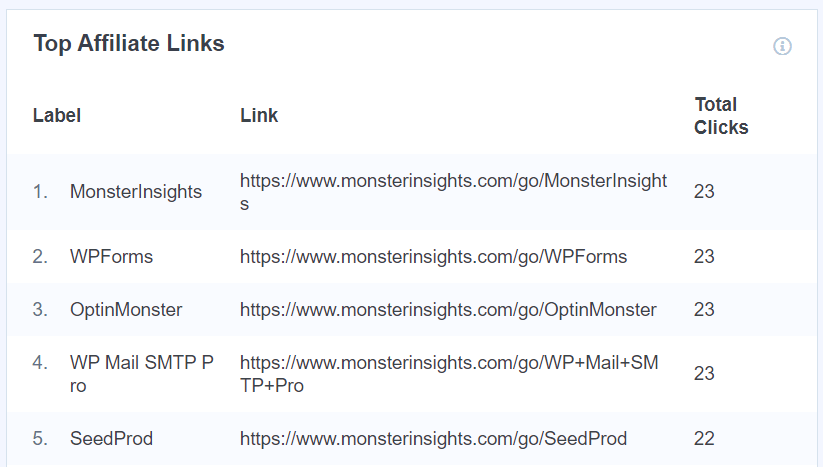
This is also important: Don’t use affiliate networks.
Instead, directly affiliate with the service or product provider. By doing so, you’ll eliminate additional redirects from your links, and you’ll likely experience higher quality and rates.
If your account gets suspended for violating the “Circumventing Systems Policy”, it’s likely because you didn’t use proper links. Avoid redirects, smart redirects, affiliate network redirects, cloaked links, tracker links, and similar methods.
Stick to regular UTM tags and manually add conversions, and you should avoid any issues.
How much should I pay for advertising expenses?
The amount you invest in ads hinges entirely on your goals, objectives, and target audience. For instance, if your aim is to generate leads and boost website traffic, you might consider budgeting between $0.05 to $0.10 per click. Conversely, if you’re promoting a physical product, expect costs to range from $1 to $2 per click.
Additionally, keep in mind that as a seller, you typically receive a 70% commission on sales. This implies that if your cost per click is $1, you’ll ultimately earn around $0.7 for each conversion.
>>> Read more: How Much Does Google Ads Cost in 2024? Is It Worth Investing in?
Examples of Google Ads Affiliate Marketing Websites
To support you in creating a successful affiliate campaign through Google Ads, I’ve gathered examples that demonstrate the correct approach to advertising. These examples will help you understand how to develop content and ads that attract legitimate paid traffic while remaining compliant with policies.
Now, let’s explore some examples to show that running an affiliate marketing campaign with Google Ads is indeed achievable.
Upon examining the search engine results page (SERP) for the query “best hotels in London”, let’s identify affiliate websites among the displayed ads.
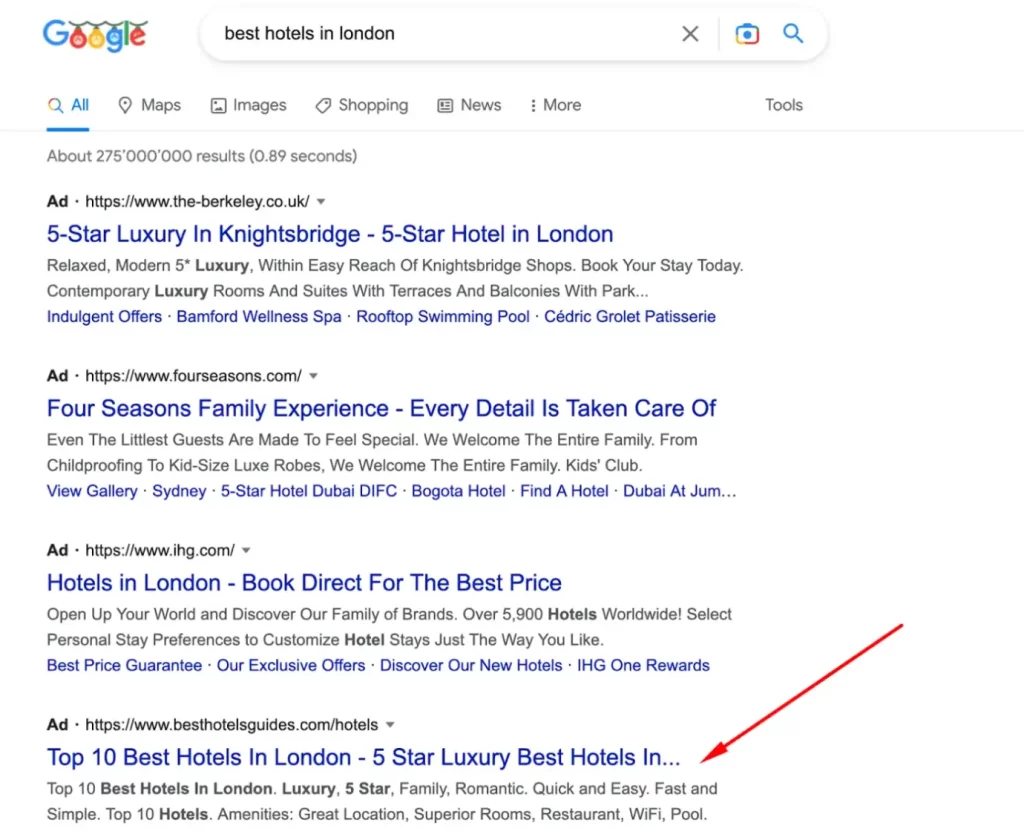
For instance, the Best Hotel Guides website offers an extensive database of hotels worldwide. Each hotel listing features comprehensive details such as availability, architecture, amenities, and visual representations. This content provides genuine value to users, making it possible to generate substantial earnings by driving traffic through ads.
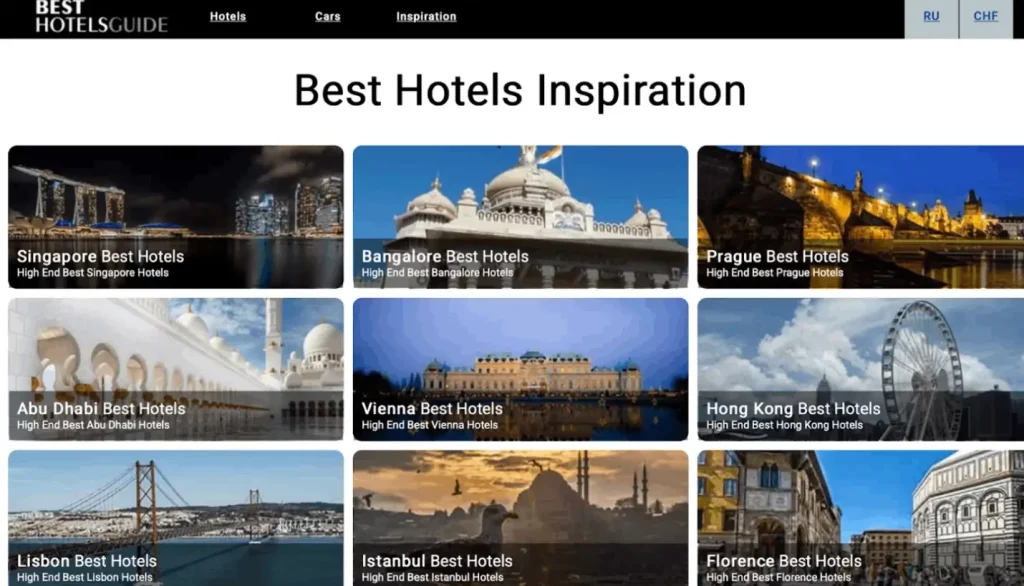
Another example can be seen when searching for “best travel gear”. Here, the only ad displayed for the query belongs to an affiliate website.
Although The Colors Shop Store may not offer as much information as the website in the previous example, it presents high-quality graphics, detailed product descriptions, user-friendly navigation, and other attractive features.
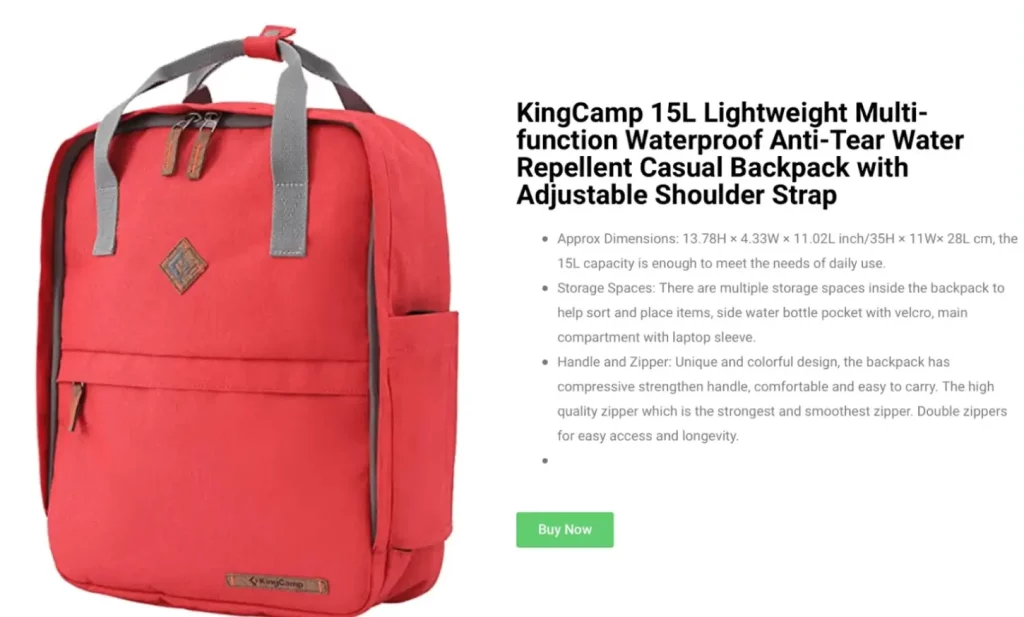
What connects all these examples is their excellent content strategy, aimed at delivering value to users.
Affiliate Marketing with Google Ads: FAQs
How can I advertise my affiliate links on Google Ads?
Directly promoting affiliate links on Google is not allowed. The correct approach to affiliate marketing with Google Ads involves using a bridge page. A bridge page acts as a connection between your Google ad and the affiliate offers. Depending on your objective, this page can serve as a review of an affiliate product, a comparison post, or a lead generation page.
Which type of ads are optimal for affiliate marketing?
Pay-per-click (PPC) ads are the most suitable for affiliate marketing since you only incur costs when someone clicks on your ad. On the other hand, impression-based ads are typically more effective for brand awareness campaigns. However, to ensure cost-effectiveness with your PPC campaigns, your landing page must be of high quality.
Wrap up
Google Ads for affiliate marketing can be powerful, offering the opportunity to reach a wide audience and drive targeted traffic to affiliate links. However, success in affiliate marketing with Google Ads requires careful planning, adherence to policies, and strategic optimization of campaigns.
Remember to monitor performance metrics closely and adjust your strategies accordingly to achieve long-term success in affiliate marketing through Google Ads.









